Affiliate links on Android Authority may earn us a commission. Learn more.
Best of Android 2015: User Experience
Published onDecember 13, 2015
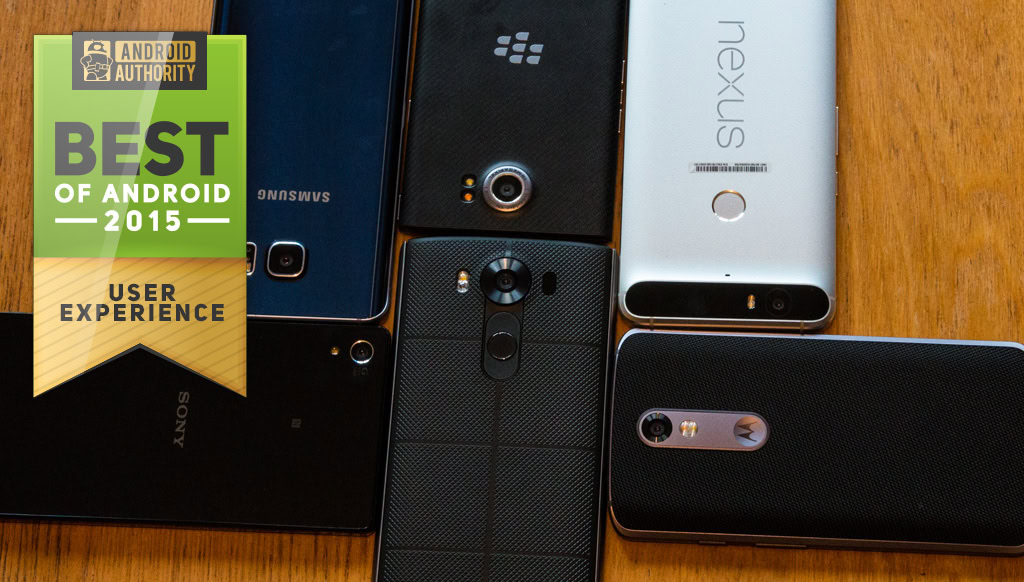
What is Best of Android?
In Best of Android, we take the hottest devices of the moment and compare them in-depth. For this first edition, we picked up the following Android flagships:
What about the Galaxy S6 or the HTCOne M9 or the OnePlus 2, you ask. Those are all great phones. But, to keep this comparison manageable, we selected only the phones we feel are the most representative for the ecosystem right now.
Read more about Best of Android. Thanks for being a part of Android Authority!
So far in our weeklong Best of Android series we have been looking at aspects of the smartphone user experience that are relatively easy to quantify and measure. You can measure the brightness of a phone screen. You can time how long it takes for an app to open up. You can have a – more or less – objective comparison of images of the same scene shot on multiple devices. Battery life and charging times are straightforward concepts.
But we all know that even features that can be put under the microscope, analyzed, and measured are wide open to personal interpretation. One man’s abysmal battery life is good enough for many. You may hate the “inaccurate” colors of AMOLED displays, where the next guy may absolutely love them. The list goes on and on.
If these simple, measurable aspects of the smartphone experience are up to debate, what can you do about the stuff that can’t be quantified? How do you rank how phones feel in everyday use? The only valid answer is “you don’t.” You can’t put a universally accepted score on things like design or the way a user interface makes you feel. That’s why even the most well thought-out review scores will be criticized by some people, and rightfully so.
That is why, for the sixth and last post in our Best of Android 2015 series, we won’t try to rank phones. Instead, in Best of Android: User Experience we will run through the key unique features of each device, across hardware and software. It is then up to you to decide the features and immaterial aspects of the user experience that matter the most.
Build quality and hardware
We’ve come a long way when looking at the design and build quality of Android flagships. Just a few years ago it was much harder to find a well-built Android phone that also inspired admiration for its looks. Today, we’re spoiled with refined designs, premium materials and durable constructions across the board.
Moto X Force
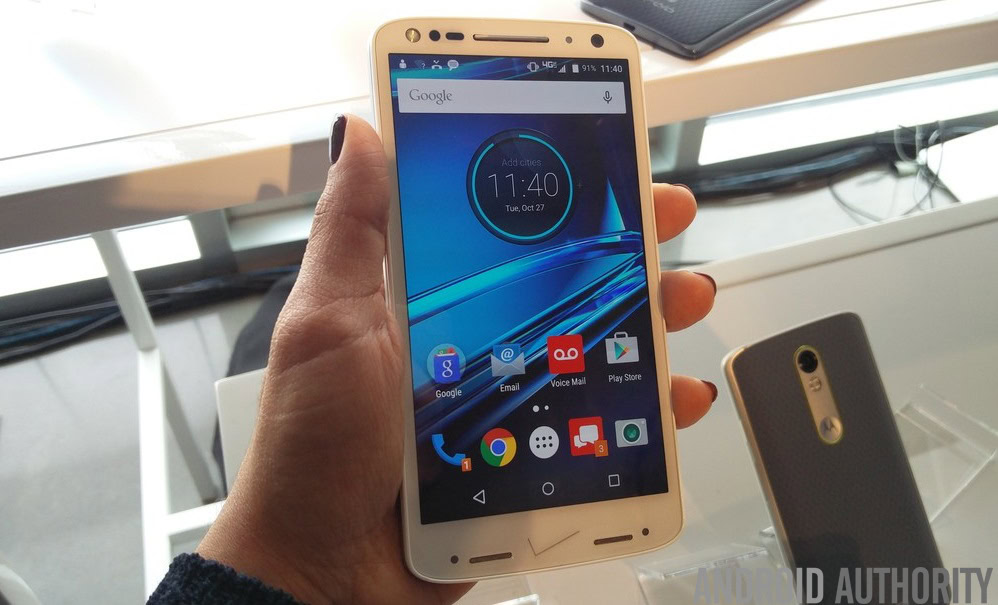
Key features:
- Shatterproof screen
- microSD card
- Fast charging
- Wireless charging
- Customizable design
The Moto X Force (known as the Turbo 2 on Verizon) stands out through its so-called “Shatterproof” display, which uses a plastic overlay to protect the device from bumps that would be fatal to other phones. A crack-proof display has long been a dream of the industry, and while Motorola’s solution isn’t perfect, it’s the closest we’ve got to a solution to the biggest weakness of modern smartphones.
Note 5
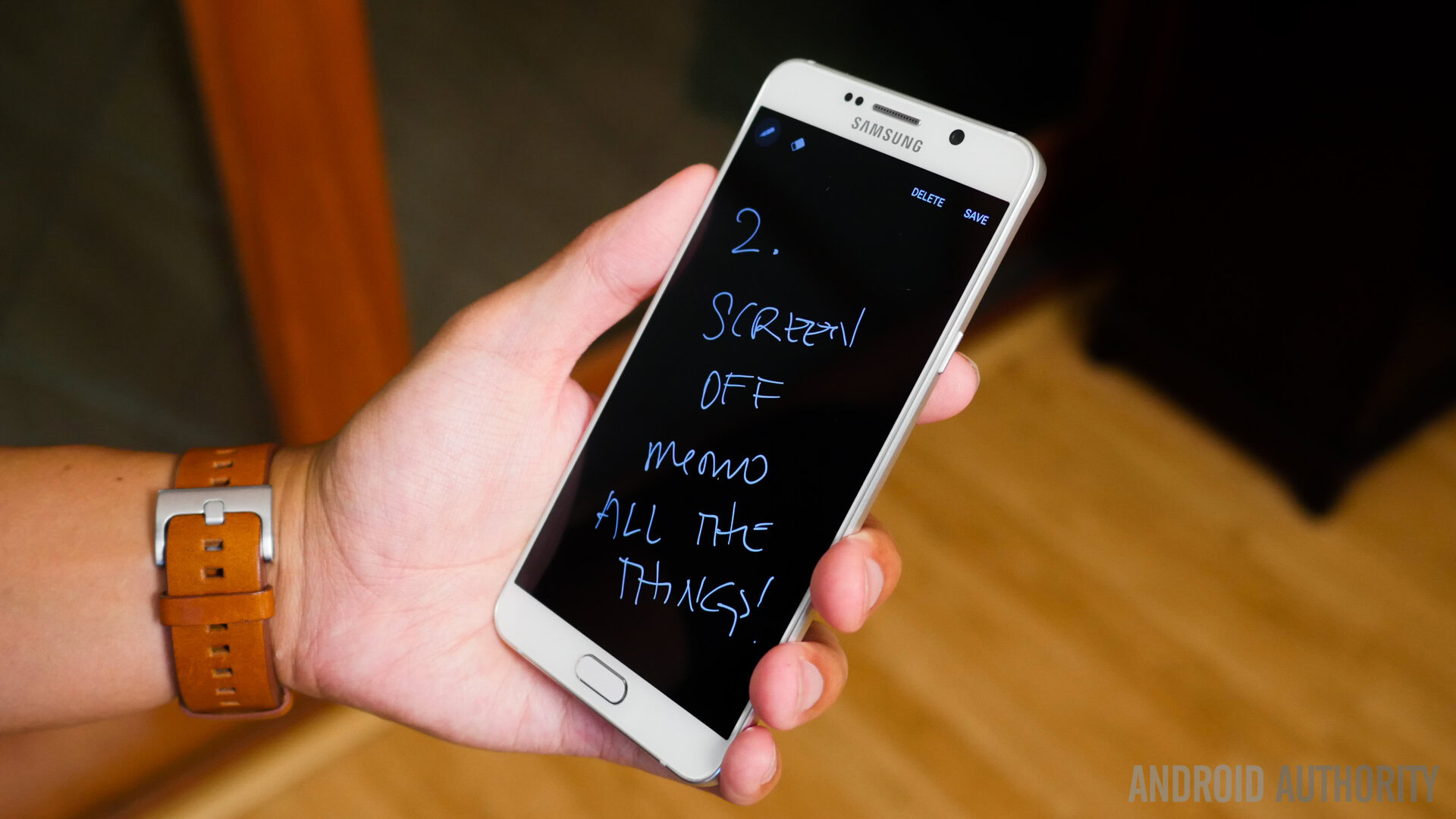
Key features:
- S Pen
- Fast charging
- Multiple standard wireless charging
- Samsung Pay
- Fingerprint sensor
The Galaxy Note 5’s most distinctive feature is, of course, its stylus. Years after Samsung launched this popular concept, competitors have yet to offer a product that can match the Note’s S Pen. The S Pen adds a new level of interaction to the standard smartphone formula, making the Note 5 an obvious recommendation for anyone who’s looking to do some serious work on their phone.
Xperia Z5 Premium
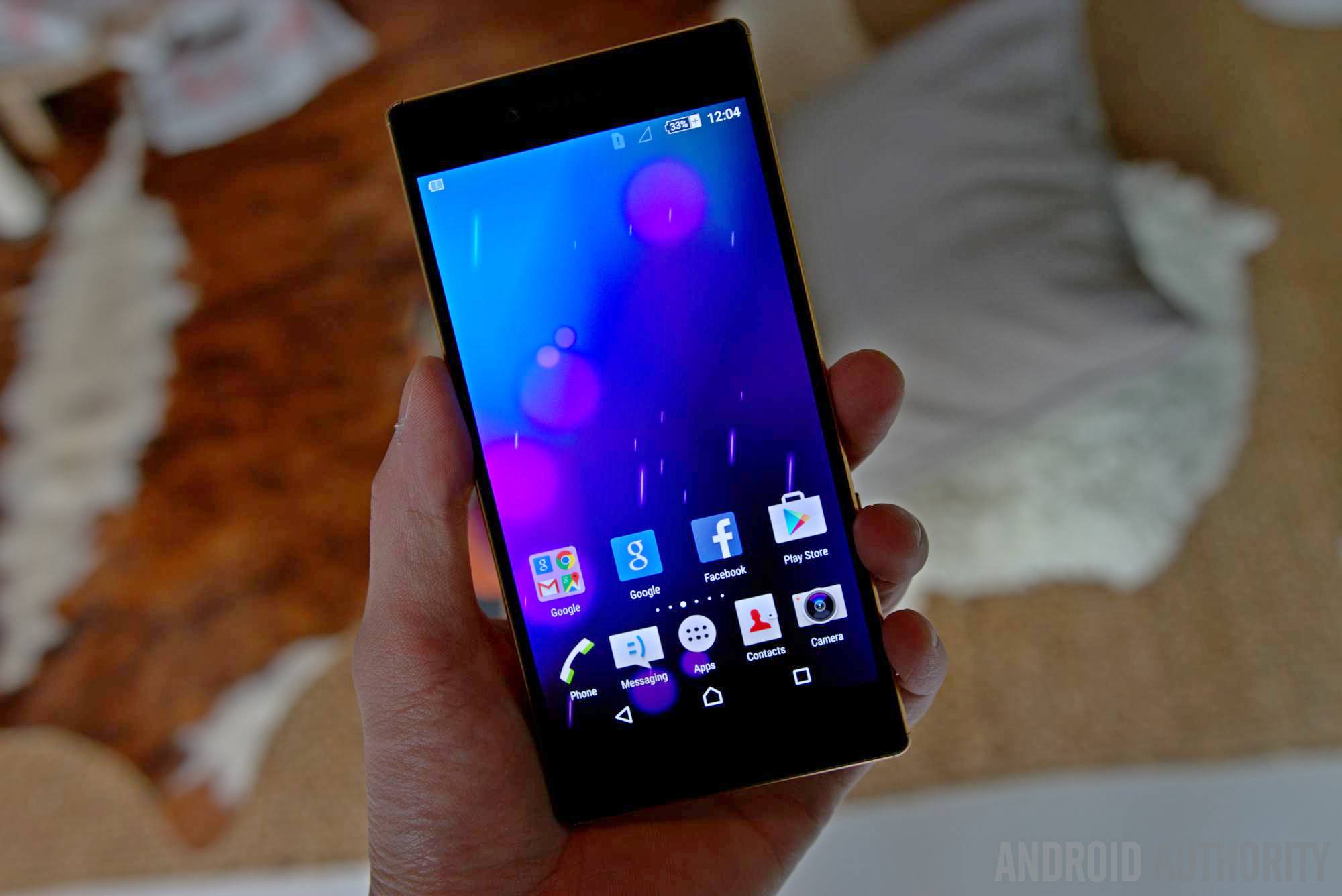
Key features:
- 4K screen
- Fingerprint sensor
- Water and dust resistance
- microSD
- Fast charging
The Xperia Z5 Premium is the world’s first 4K smartphone, with a catch. The 4K resolution is really only used when playing back 4K videos – the rest of the time, you get the standard Quad HD, and that’s not really a bad thing, given the limited benefits of 4K on a phone screen and the power and performance issues it creates. While the usefulness of a 4K screen is debatable, no one can argue with water resistance. Sony’s flagship is still one of the few high-end phones to offer this feature.
BlackBerry Priv
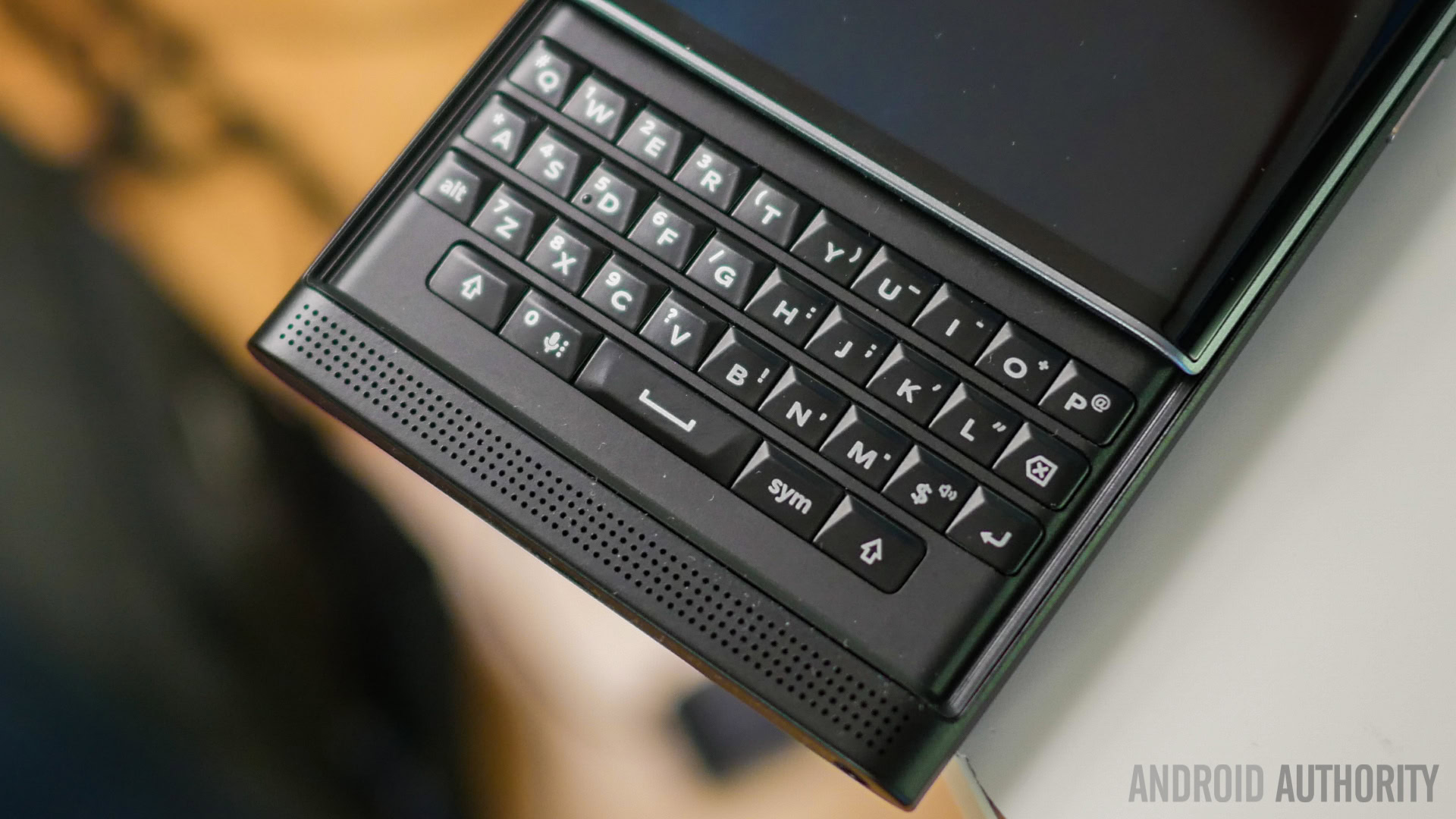
Key features:
- Sliding mechanical keyboard
- microSD
- Fast charging
The Priv is the first device from BlackBerry to run Android, but for the purpose of this comparison, it’s the unique design and the sliding keyboard that really matter. Years after we’ve seen the last Android slider, BlackBerry Priv brought the physical keyboard back into the spotlight. If you miss your keys and buttons, the Priv is the phone to pick, though not everything is old-school: the keyboard supports swiping and gestures and tidily disappears behind a large touchscreen when you want it out of the way.
Nexus 6P
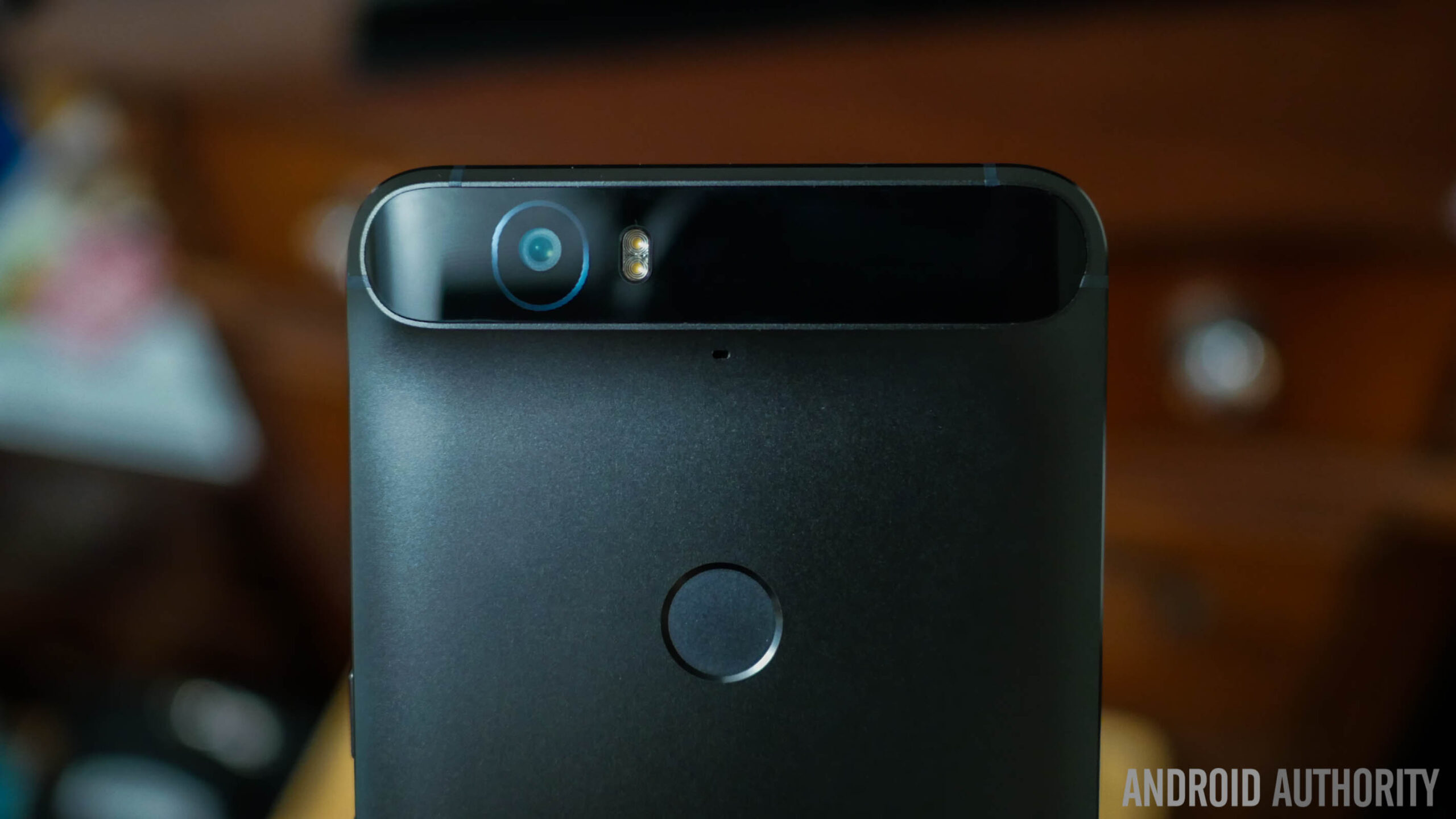
Key features:
- USB 3.1 Type C port
- Fingerprint sensor with Nexus Imprint
- Fast charging
Without question, the Nexus 6P is the best Nexus smartphone to date, inside and out. Finally, Google came up with a phone that doesn’t require the user to make any compromises for the sake of a good price or the pure Android experience. The Nexus 6P is not just a match for OEM flagships, it’s leading the way in some areas. USB 3.1 Type C is present on this device, and we expect to see the new standard on most high-end phones a year from now. Likewise, the fast fingerprint sensor will probably become one of those default features that we tend to glance over on spec sheets.
LG V10
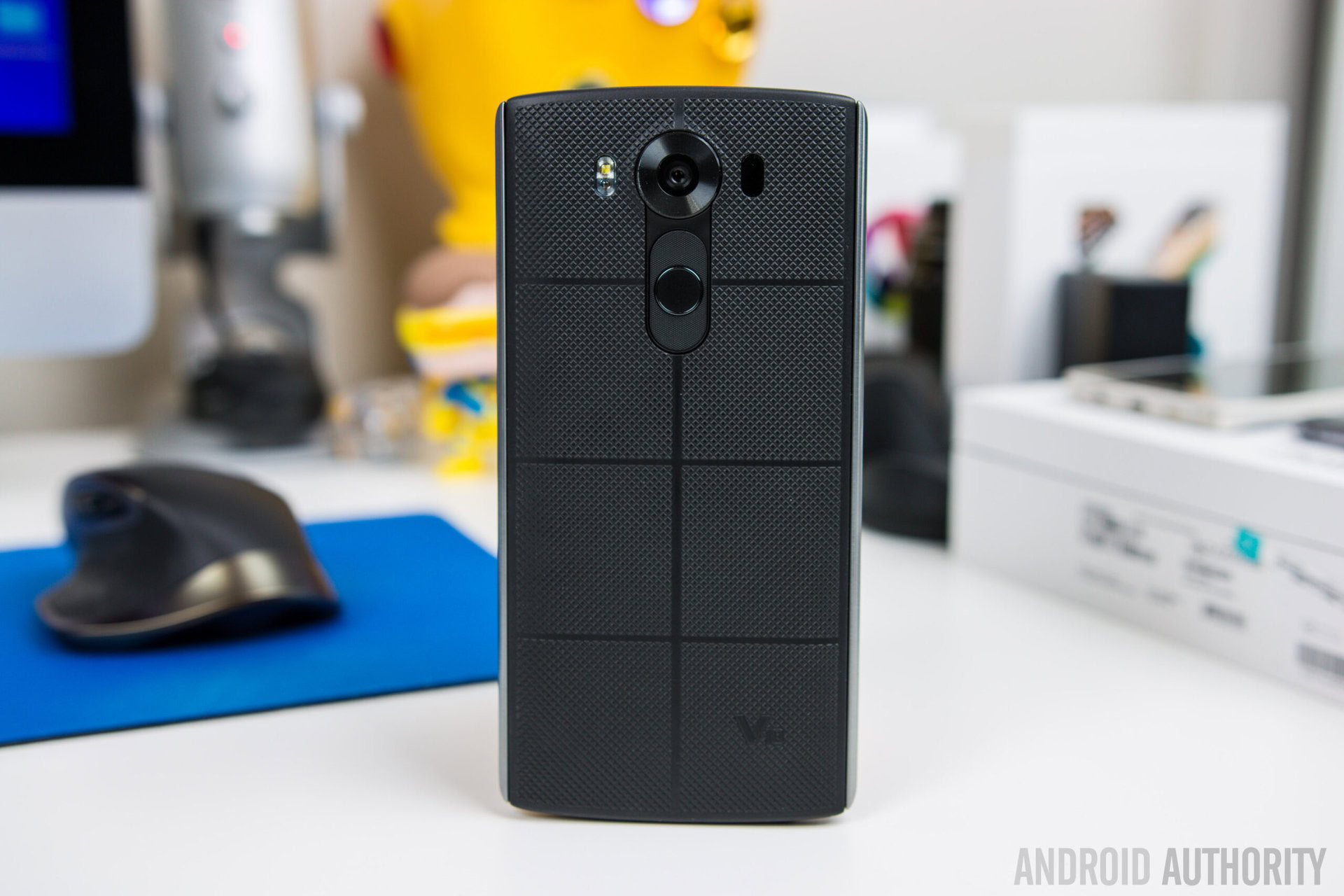
Key features:
- Shock resistant (MIL-STD-810G standard)
- microSD
- Dual front camera
- Secondary ticker display
- Fast charging
- Fingerprint sensor
Finally, the LG V10. If Motorola has an unbreakable display (that sacrifices image quality to some extent), LG tried to ensure that the entire V10 is as sturdy as possible, without using a rugged design or a plastic covered screen. The V10’s resistance to drops and bumps is owed to its stainless steel frame and sturdy plastic back cover. Other unique features of the V10 are its secondary display that can act as a ticker for quick notification access, and its dual front cameras that make it possible to take super wide selfies.
User interface, added features, and updates
Hardware can be top-notch, but it’s everything that lives on top of it that makes the magic happen. While all our contenders are part of the great Android family, the software differences between them can be stark, and the differences extend to the value-added features and the update policy that each device offers.
Moto X Force
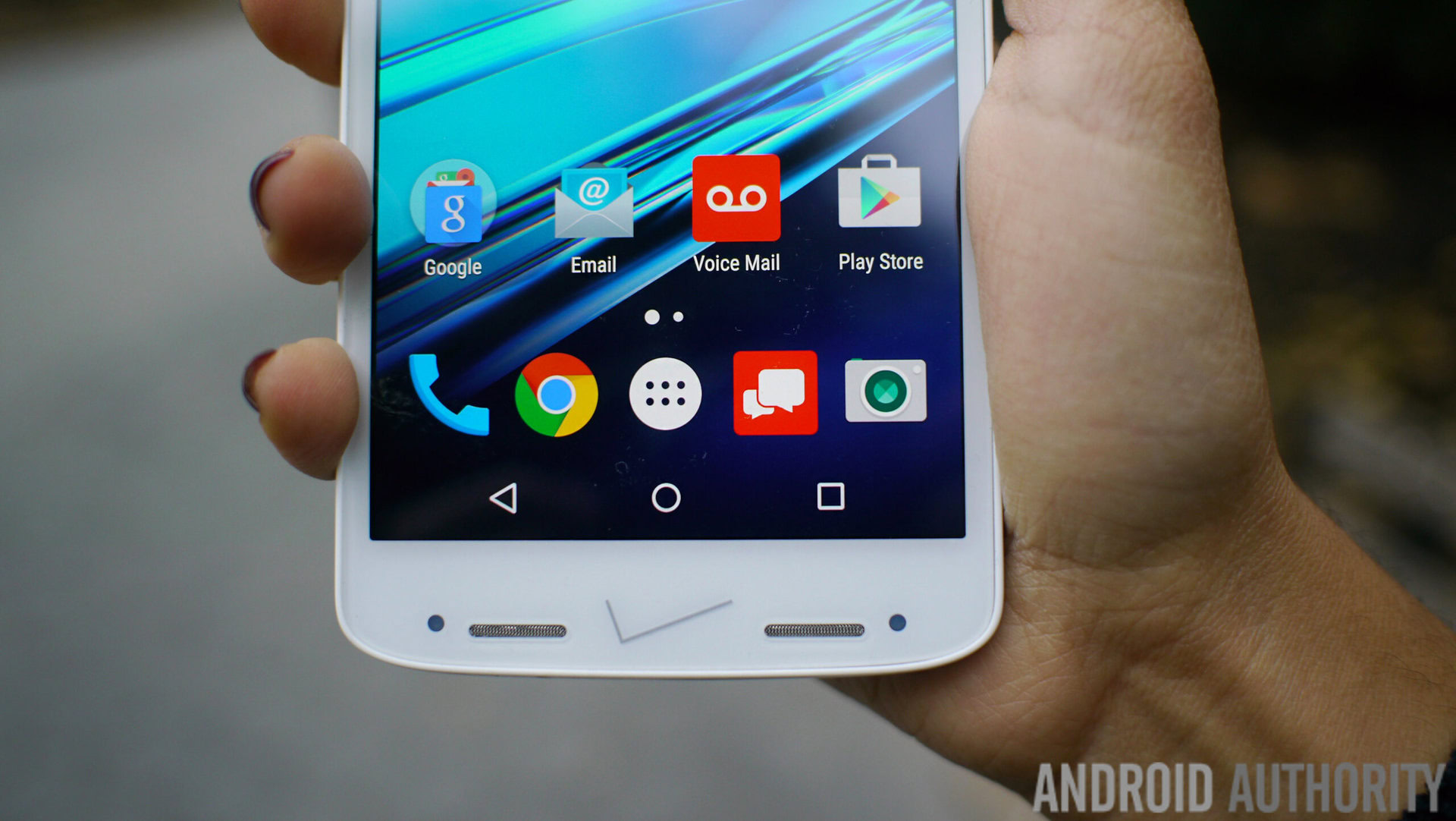
Key features:
- Moto Display
- Moto Voice
- Always on voice control
- Gestures
- Restrained customization of Android
- Fast updates
Motorola has made a good name for itself with its minimal, yet useful additions to the stock Android recipe, and that continues on the X Force. You can make gestures with your phone to launch the camera or the flashlight, and the Moto Display remains a valuable feature, especially given that it’s combined with an AMOLED panel that draws a modicum of power. You get Android 5.1 out of the box, but an update to Marshmallow is already underway.
Galaxy Note 5
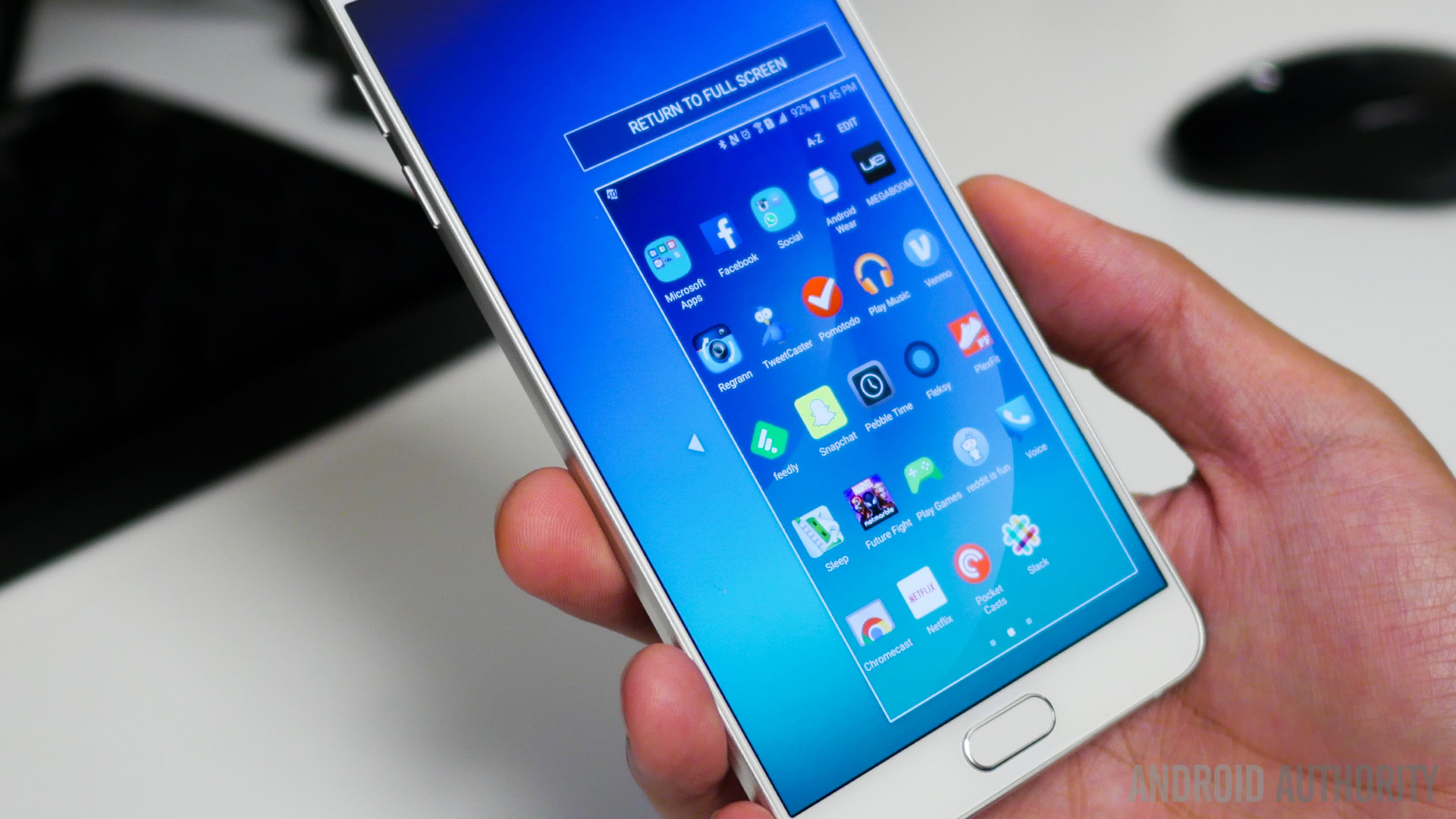
Key features:
- Ultimate note taking phone
- S Pen features
- Multi-window multitasking
- Feature rich camera app
- Themes
Samsung, more than any other OEM, is known for customizing and expanding Android to great lengths. In time, that resulted in a reputation of bloat and sluggishness, but since the Galaxy S6, Samsung has been taking steps to reverse this perception. As such, TouchWiz on the Galaxy Note 5 is lighter than on previous generations, but it still incorporates a number of features you don’t get on any other device. The Air Command menu that shows up when you pull out the S Pen is home to features like note-taking and a smart screenshot tool. You can event take notes without waking up the phone. Further adding to the productive potential of the device is multi-window, probably the best implementation of multitasking on any Android device.
Xperia Z5 Premium
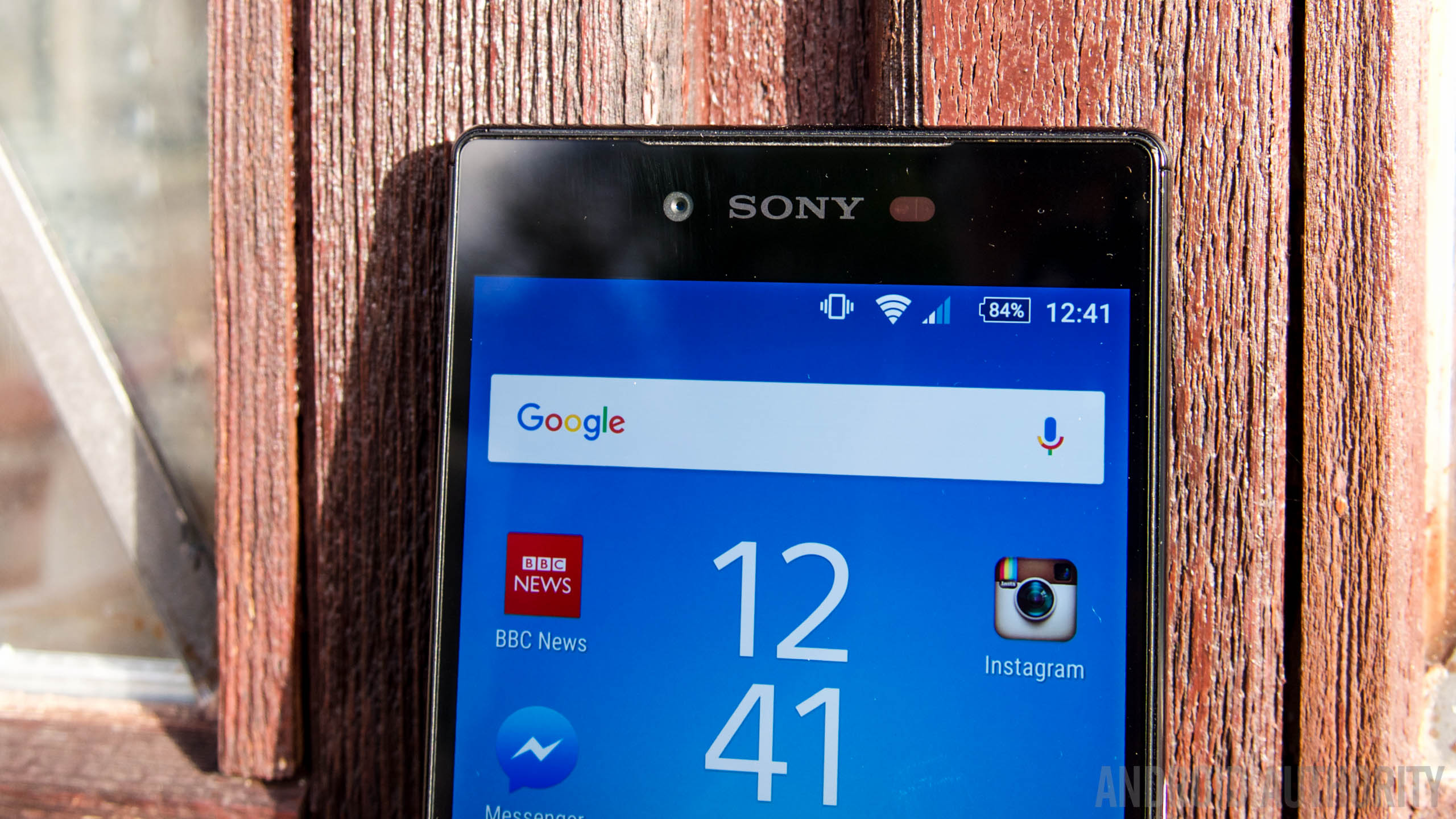
Key features:
- Small apps
- Themes
- Camera features
Sony has been known for a long time for its distinctive take on UI design, though unfortunately, high levels of bloatware have marred the experience on some of its devices. The Xperia Z5 Premium doesn’t bring a departure from this trend, combining the Lollipop UI framework with the classic Sony aesthetic. The Small Apps suite is probably the most notable Sony feature, allowing you to open a set of apps in their own windows. These are useful, though not as powerful as Samsung’s take on the concept. You also get a number of Sony media apps, and the camera app on the Z5 Premium comes with a handful of special modes and VR overlays.
BlackBerry Priv
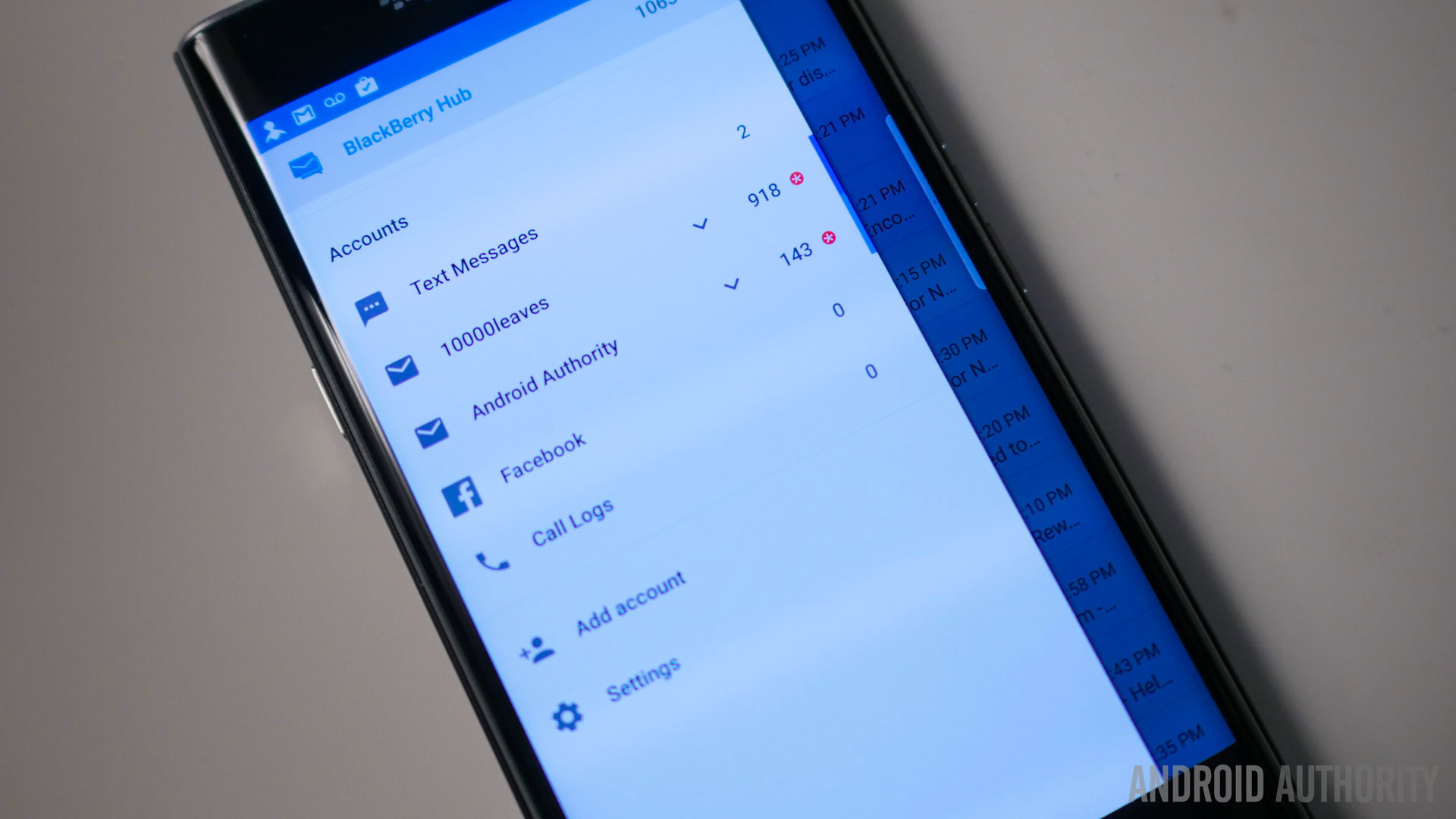
Key features:
- BlackBerry Hub
- DTEK security
- Security hardening
- BB tweaks to the Android UI
- On-screen and physical keyboard
BlackBerry knows its customers, the few it may still have. So, while the Priv is Android through and through, it’s also permeated by features that used to be exclusive to BB’s OS. Chief among them, the Hub invites you to access all your communication channels in one place, though in practice we found that it needs some polish. The DTEK security suite gives users control over what they want to lock down on the Priv, but the entire firmware has been modified for added security. And of course, there’s the ability to use the physical keyboard or the rather excellent on-screen equivalent.
Nexus 6P
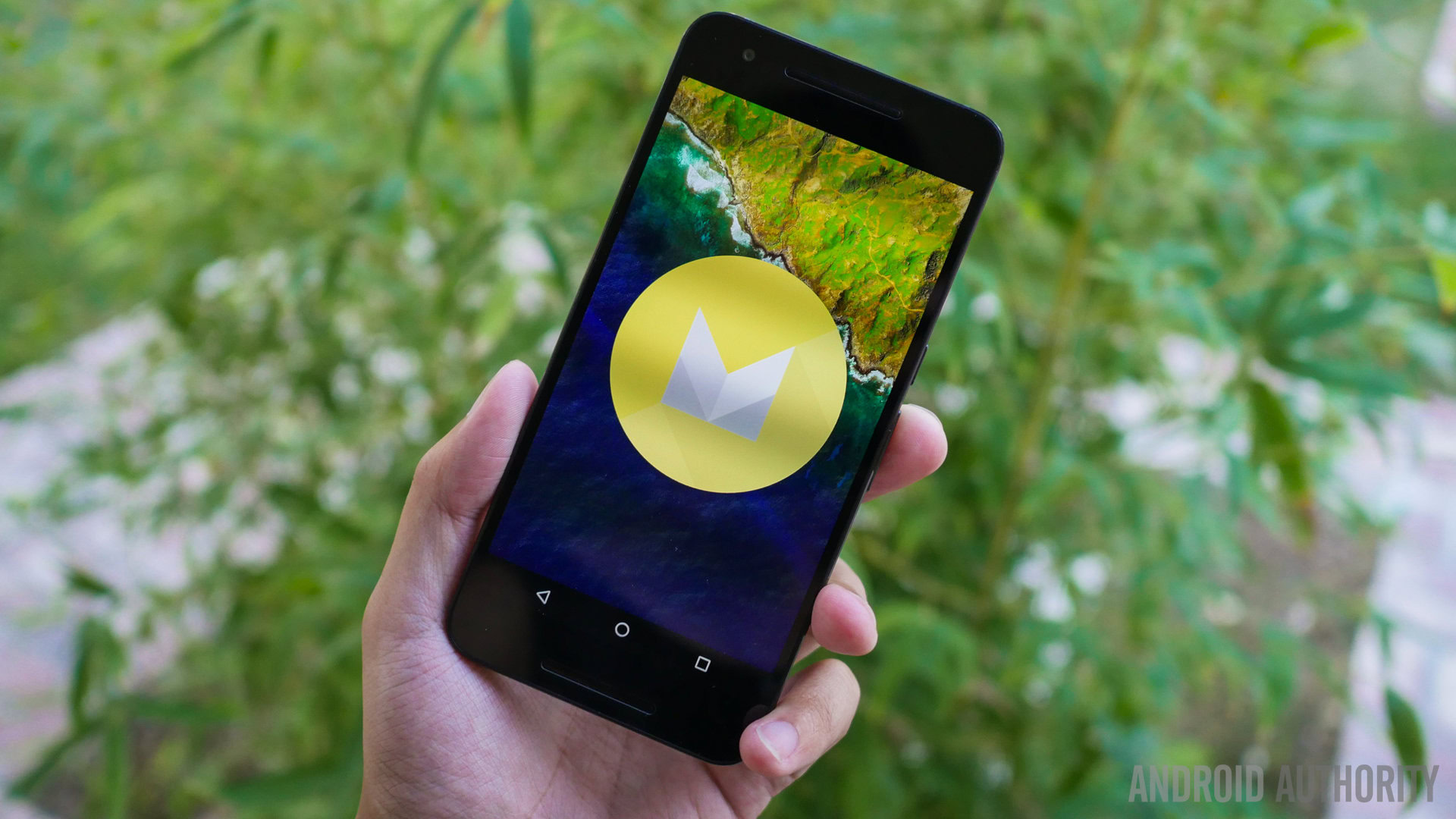
Key features:
- The fastest updates around
- Guaranteed 2-yr major update period
- Encryption and regular security patches
- Fast and optimized Android experience
- Nexus Imprint
- Full Google apps integration
The Nexus 6P may appear rather bare compared to the other phones on this list. But that doesn’t mean you don’t have things that stand out. For one, you have Google specific apps front and center and tightly integrated into the OS. You get the fingerprint sensor that lets you access your device, log into Play Store, and make payments with a touch. But the biggest draw is the promise of fast updates and the knowledge that you’re experiencing Android the way it was meant to be experienced. Granted, that may not matter to a majority of users, but chances are you’re one of them.
LG V10
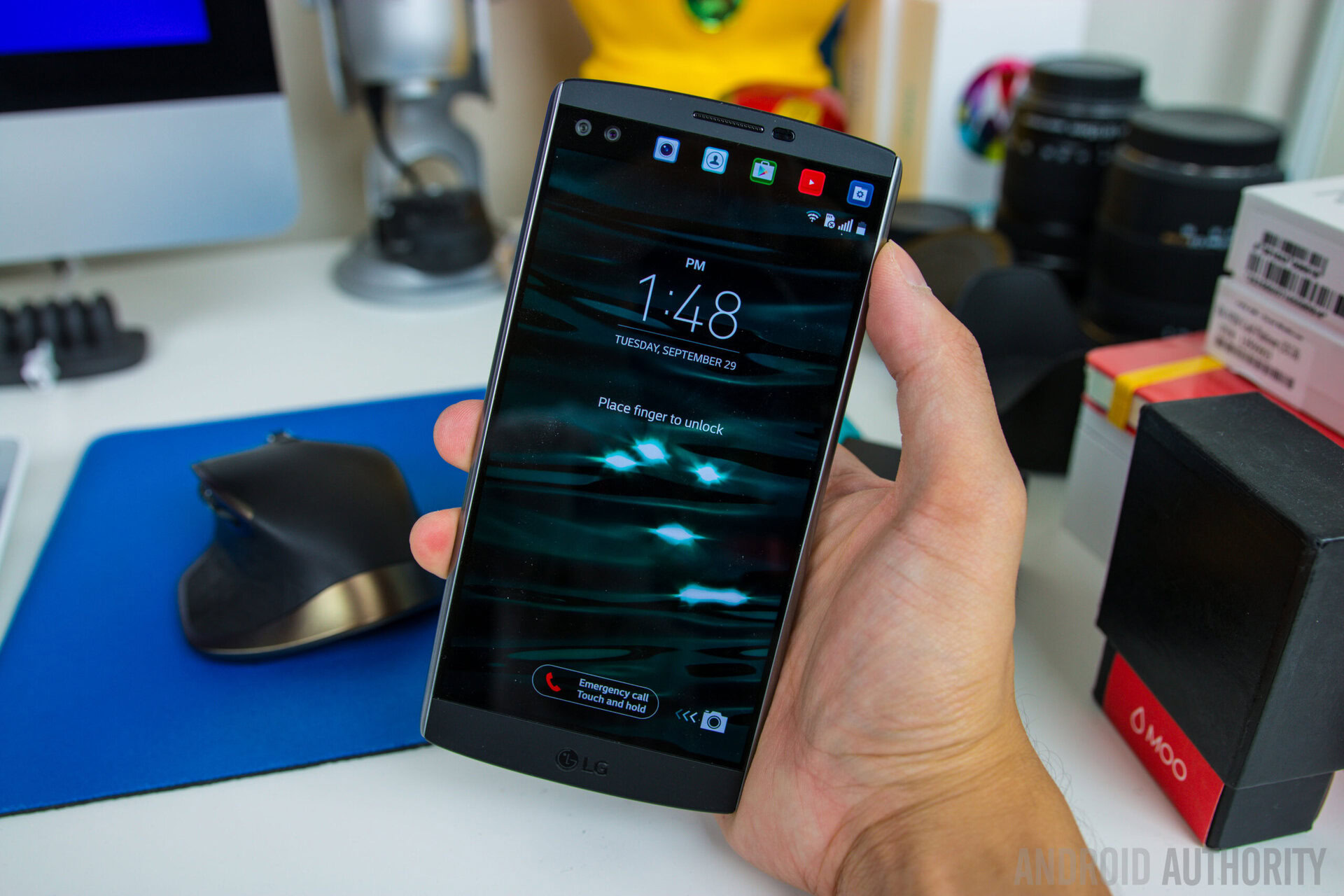
Key features:
- Customizable second screen
- A bevy of LG features
- Many customization options
- Great camera app
The LG V10 delivers all the power of Android and then some, though certain additions feel a little superfluous. The absolutely unique feature of this phone is the secondary display that can act like a ticker for notifications or as a status bar or a place for quick shortcuts. This AMOLED strip means that you can keep track of your notifications without waking up the phone, potentially extending battery life by a margin. In addition, the V10 keeps most of the software features that LG developed for their other smartphones.
Wrap up
As we explained above, we can’t make a decision for you when it comes to this section of Best of Android. There are simply too many differences to account for and too many features that you may or may not find useful, depending on your needs and expectations.
We will say that if you prefer a fine-tuned user experience, you could opt for the Nexus 6P or the Moto X Force. If you’re looking for a ton of features, at the expense of a slightly clunkier experience, the Note 5 and the V10 certainly deliver. The Xperia Z5 Premium comes somewhere in the middle, while the Priv stands out through its unique security focus and BB apps.
User experience is heavily influenced by the other aspects of smartphones that we already went through this week. For instance, the finest software will leave you wanting if performance is subpar. That’s why we highly recommend that you give our other comparisons a look. Links are available below.
Best of Android 2015
All the comparisons:
Credits
Post by Bogdan Petrovan Video by: Lanh Nguyen
Series Contributors: Rob Triggs, Gary Sims, Lanh Nguyen, Joe Hindy, Krystal Lora
Series Editors: Nirave Gondhia, Bogdan Petrovan, Andrew Grush